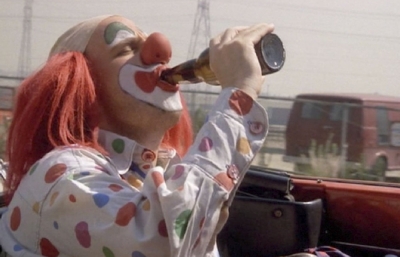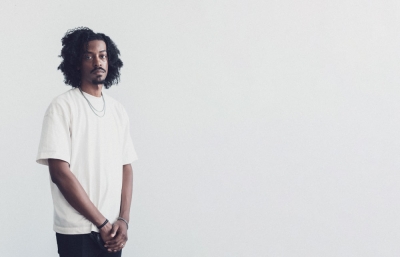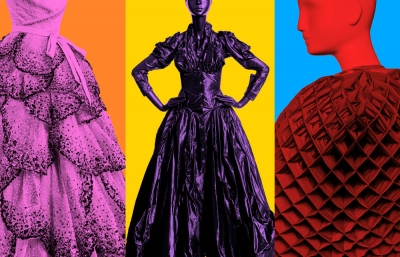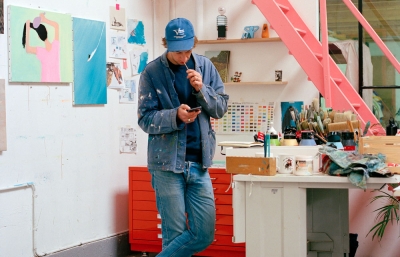The sound of a musical instrument can be hard to describe, but words like dark, pillowy, vibrant, buoyant, and full of presence collectively provide a vivid description of the mighty tuba, the almost incidental title of Alison O’Daniel’s film The Tuba Thieves. The video artist first heard of a curious spate of tuba thefts taking place at various Southern California high schools in 2011; and while news reports focused on thieves and their motivation, O’Daniel wanted to know more about the effects on the sounds and students: “I had just finished my grad school thesis… with a cast and crew across the Deaf spectrum, and I identify as d/Deaf/Hard of Hearing. I was feeling sensitive to different people’s perception of sound and the ways that acknowledging varied embodied experiences invites a broader, more creative vision of language-bred misunderstanding and the necessary creativity that occurs when we figure out ways to access information or space.”
Just as empty spaces can inform a canvas, she employed both silence and sound to heighten the experience, referencing John Cage’s “4’33” where a pianist sat at a piano for almost five minutes without touching a key, nods to Prince’s 1984 concert for the deaf, as well as the Deaf Club, a social venue for the deaf that presented punk shows. Providing musicians with associations in which to portray musical compositions, she revisited rhythm as signposts for stories, performances, sculptures, and installs over a period of 11 years, culminating in the film’s premiere at Sundance—all with the hope that other filmmakers are guided by accessibility, new ways of thinking and not the desperate dollar.
Guiding inclusivity as an academic, Alison O’Daniel is the Associate Professor of the Film Program at the California College of the Arts, which itself is undergoing a comprehensive, all-embracing campus expansion with an enviable, open architecture, designed with flexible spaces to adapt as creative processes develop. Double-Ground, as it's called, comprises a lower park-like level composed of studios and labs that welcome shared spaces and open onto communal maker yards, intended to welcome maximum flexibility, where painters, writers, sculptors, industrial designers, and yes, filmmakers can pool ideas and collaborate. The icing on this layer cake of creativity are the plazas and terraces next door to the main building. Oh, and the new red-on-white window-pane plaid residences uplift into the San Francisco landscape. The Tuba Thieves is now traveling to various film festivals while the CCA welcomes its exciting expansion. —Gwynned Vitello









